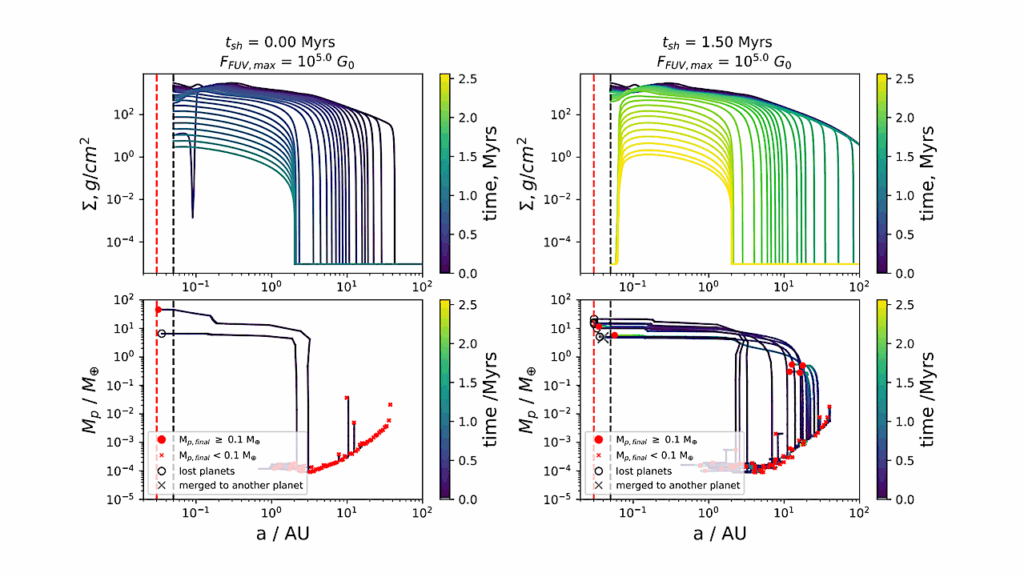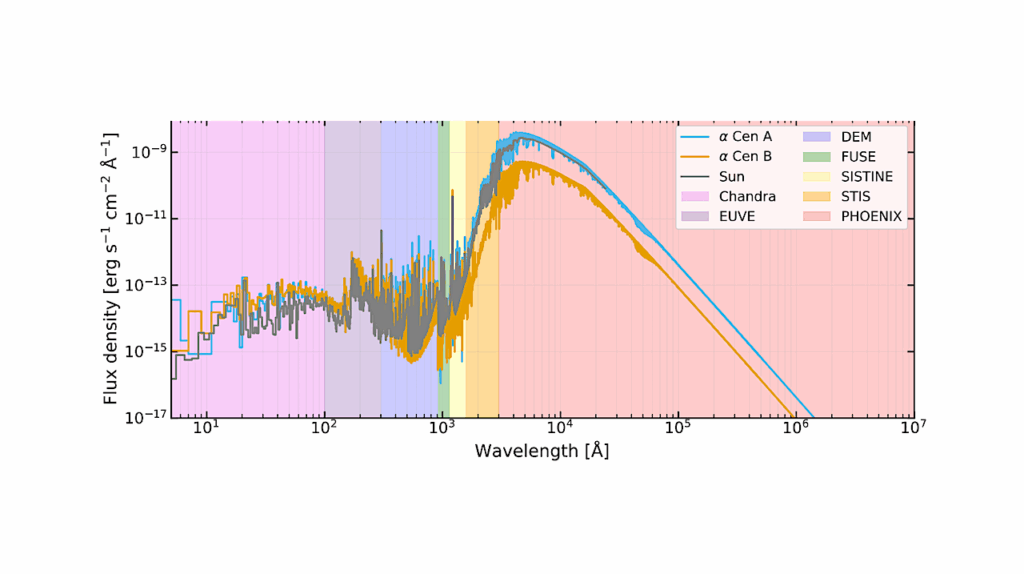Earth As An Exoplanet: I. Time Variable Thermal Emission Using Spatially Resolved MODIS Data

For the time being, Earth remains the best and only example of a habitable (and inhabited) world.
Therefore, it is important to explore and understand the full range of spectral signatures and variability of Earth in order to inform the design of future instruments and missions, and understand their diagnostic power as well as potential limitations. In this work we use Earth observation data collected by the MODIS instrument aboard the Aqua satellite.
The complete data set comprises 15 years of thermal emission observations in the 3.66-14.40 microns range for five different locations on Earth (Amazon Rainforest, Antarctica, Arctic, Indian Ocean and the Sahara Desert). We then determine flux levels and variations as a function of wavelength and surface type (i.e. climate zone and surface thermal properties) and investigate whether periodic signals indicating Earth’s tilted rotation axis can be detected.
Our findings suggest that (1) viewing geometry plays an important role when thermal emission data is analyzed as Earth’s spectrum varies by a factor of three and more depending on the dominant surface type underneath; (2) typically strong absorption bands from carbon dioxide (15 microns) and ozone (9.65 microns) are significantly less pronounced and partially absent in data from the polar regions implying that estimating correct abundance levels for these molecules might be challenging in these cases; (3) the time-resolved thermal emission spectrum encodes information about seasons/planetary obliquity, but the significance depends on the viewing geometry and spectral band considered
Jean-Noël Mettler, Sascha P. Quanz, Ravit Helled
Comments: 13 pages, 10 figures, accepted for publishing in ApJ
Subjects: Earth and Planetary Astrophysics (astro-ph.EP)
Cite as: arXiv:2010.02589 [astro-ph.EP] (or arXiv:2010.02589v1 [astro-ph.EP] for this version)
Submission history
From: Jean-Noël Mettler
[v1] Tue, 6 Oct 2020 09:58:07 UTC (5,703 KB)
https://arxiv.org/abs/2010.02589
Astrobiology








